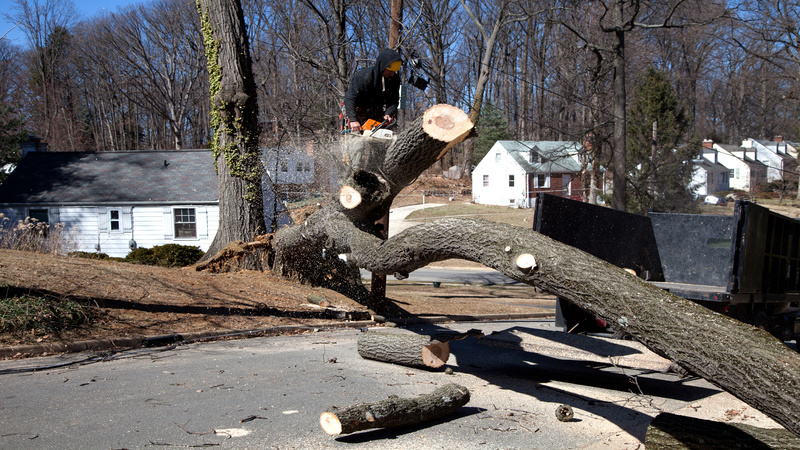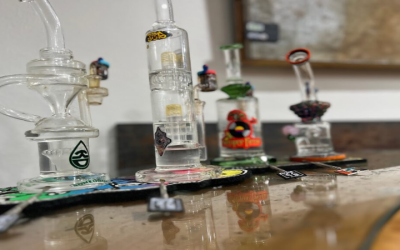Because of its flexibility, different industries use 2/0 welding cable for a variety of purposes. It is designed to meet the power cable standards of ICEA S-75-381.
Features of the Cable
The 2/0 welding cable is highly flexible and versatile, with an insulation thickness of 0.079 inches and a diameter of 0.598 inches. It is able to endure high amounts of exposure to light. Where an ordinary cable would fail to meet requirements, the 2/0 welding cable can resist adverse environmental conditions including excessive rainfall and fluctuating temperatures. It is both waterproof and oil proof, and even acids, alkaline solutions and moisture are unable to penetrate it. The cable functions efficiently and meets the requirements set out by MSHA on flame tests.
The Important Uses
There are several applications of the 2/0 welding cable due to its important features of being flame and oil resistant. Most power supply applications where the voltage does not increase beyond 600 volts, can use this cable. It is also found as a secondary voltage resistance lead in welding generators. The neoprene jackets in the welding cables make them the better choice over battery cables, and are used in many battery applications.
This is a resilient cable that can withstand abrasion, compression cuts and rough handling. It is used for arc welding and battery cables in a number of marine applications. It helps in supplying power to traction motors in diesel automobiles. The portable cable is useful in drilling rigs, transit car wiring, earth-moving equipment, motor leads and telecom motor supplies. It can be used in wet and dry areas. Due to its immense flexibility and moisture resistant features, the cable is also used as a power feeder in mines and other underground locations.
Safety Measures
This is a very useful cable for a number of reasons, however certain safety measures must be taken while using it. Even though 2/0 welding cable is resistant to water and oil it is best to keep all electrical cable away from these elements. These cables need to be free of grease and oil, and away from damp conditions, if not manufactured for water. Before you put the cable to use, check for any damage like worn spots. If you do find some, it is best to wrap the cable with a plastic, rubber or friction tape. However, if the damaged spots are near the electrode, you should replace the cable.



